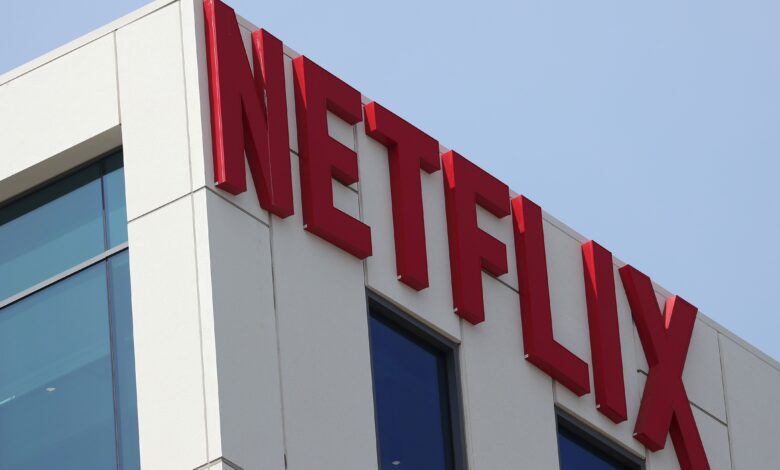
Is it worth buying out the current drawdown in Netflix shares?
After a fantastic rally this fall, the shares of the video streaming giant Netflix (NFLX) began to suffer losses, trading worse than the securities of other technology companies against the background of the now observed decline in risk appetite.
Over the past month, Netflix’s stock price has fallen by more than 12% – almost twice as much as, for example, the value of Alphabet (GOOGL) and Meta Platforms (FB). Compared to the record high of $700.99 recorded on November 17, Netflix securities fell by about 15%. They ended Monday’s session at $593.74. This drawdown at the end of the year coincided with a decrease in investor interest in fast-growing technology companies, given that the Federal Reserve is starting to wind down its stimulus program to raise interest rates next year.
This pullback in Netflix shares may continue in the new year, and it seems to us that it creates a good entry point for investors interested in buying shares of the best streaming platform at an attractive price. Our optimism by clear evidence that Netflix is significantly ahead of other leading media companies in the unfolding war in the streaming market.
Despite the current pullback, Netflix’s market capitalization is almost the same as that of the Walt Disney Company (DIS) corporation with a century-old history. The market capitalization of this closest competitor Netflix, whose entertainment empire, in addition to the streaming service Disney+, includes amusement parks and cruises, reaches $264 billion after a 20% decline in shares this year. Netflix has a market capitalization of $263 billion.
Clear leadership in several parameters Netflix’s apparent supervision over other streaming platforms is ensured by original content, the number of which continues to increase. The company will spend $17 billion on original content this year, 40% more than a year earlier. Despite the increase in content costs, Netflix increased its operating margin. By 2020, the margin has increased to 18.3% from 7.2% in 2017. In the third quarter ended in September, the margin increased to almost 23%.
Considering the increase in profitability and the entry of Netflix into new markets, particularly the video game market, analysts remain optimistic about the company.
JPMorgan analyst Doug Anmut, who has a target of $750 assigned to the shares, believes that they can further grow given Netflix’s expansion in the global market. His note says: “We remain optimistic about these promotions, taking into account the continued strength of content in the fourth quarter, the improvement of seasonal factors, the potential for increased penetration in the Asia-Pacific region, where Netflix is still poorly represented, and also taking into account that a long time since the pandemic gave the company additional acceleration.”
Morgan Stanley analysts, who confirmed the “above market” rating for the streaming giant this month, note: “Our “above market” rating for Netflix on the opinion that the company will build a large, global, and highly profitable streaming business. This thesis in our forecasts, the CAGR of earnings per share in the period from 2021 to 2025 will be about 30%, and free cash flow will grow even faster.”
In the third quarter, the number of paid Netflix subscribers increased by 4.4 million, and the forecast for the December quarter is 8.5 million. In total, the company has 214 million subscribers worldwide. Another positive point is that investors should pay attention to Netflix’s growth no longer depends on borrowed funds. The company, financing content production with borrowed funds for years, said that it no longer needs to attract external financing to maintain current operations. Netflix plans to reduce debt and buy back shares worth up to $5 billion.